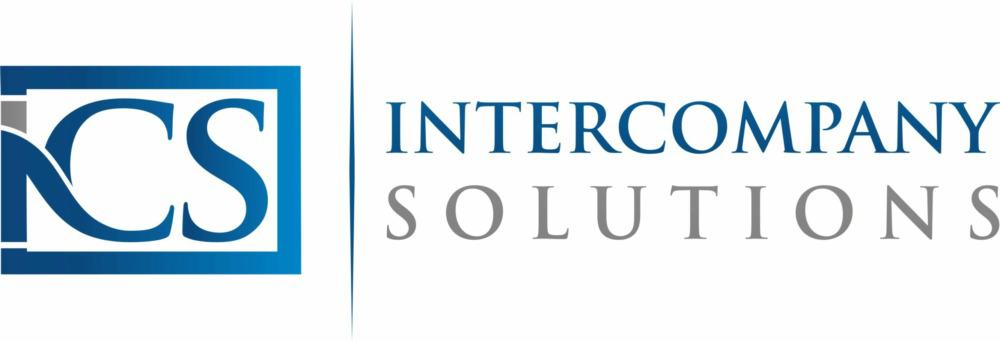
Closing a Dutch BV company: a quick guide
Once someone starts a business, they obviously expect to achieve success with their company and ideas. This doesn’t always turn out as expected unfortunately, since doing business inevitably comes with a certain amount of risks. The worst case scenario is bankruptcy, which will be followed by the closing of the BV company that was established. The following information is a guideline to help you understand the steps involved in closing a BV company. Be mindful that the articles of association (statutes) which were drawn up while forming the BV, may apply and provide further context to these steps. Also be aware of the fact that this guideline is not applicable when you change your legal structure, sell or transfer ownership, or file for bankruptcy.
Closing a Dutch BV company can be categorized by:
- Dissolving the legal entity
- Liquidating assets
- Informing the Dutch Chamber of Commerce (KVK)
- The last tax declaration (We can assist with filing the final company accounts.)
Dissolving the legal entity
A BV is a legal entity, this means you need to dissolve the legal entity before you can actually close the BV. This is done through an act of dissolution. The act of dissolution has to be approved during a general shareholders’ meeting. The minutes of this meeting need to contain at least:
- The general provisions about the meeting
- The date of dissolution (this cannot be in the past)
- The liquidator
- The person in charge of storing company papers
- Where these papers are stored
You do not need a notarial deed to execute this. Your statutes may contain additional guidelines, such as a minimum attendance and minimum amount of votes. Once taken, an act of dissolution is final and cannot be reversed without the interference of a judge. After the decision for dissolution is taken the phrase “in liquidation” need to be added to the statutory name of the legal entity in all the documents, announcements and correspondence. This helps all relevant and related parties know that the BV will be dissolved. Finally, the act of dissolution needs to be deposited at the Dutch Chamber of Commerce. It is important that the liquidator is easily identifiable in this deposit for (possible) creditors.
Liquidating assets
After filing and depositing the necessary paperwork for dissolution, your BV does not automatically cease to exist. You first need to identify if the BV has benefits. If there are no benefits, the BV ceases to exist immediately after the act of dissolution. In this case you have to inform the Chamber of Commerce of the dissolution of the BV and the legal entity. If there are benefits, then you need to identify whether these are sufficient to cover all debts or not. If there is sufficient capital to cover all debts, the BV must continue to exist until all of its assets are liquidated. This can be done through either regular liquidation or turbo liquidation.
Regular liquidation
Regular liquidation applies if the BV still has assets, such as (but not limited to): real estate, inventory and liquid assets. These need to be liquidated before the BV can be closed by the person appointed as liquidator in the act of dissolution. Surpluses need to be split amongst shareholders by the liquidator. This needs to be documented by showing the size, composition and justification of the surplus. Additionally, a plan of distribution must be deposited at the Dutch Chamber of Commerce and to the person in charge of storing company papers. Furthermore, it is required to place an ad in the newspaper informing readers of the dissolution and where they can find the stored company papers for inspection.
Please note that creditors may come forward up to two months after filing for dissolution and object to the documentation through a petition to the court. In the case of an objection, the liquidator has to deposit the objection at the Dutch Chamber of Commerce and run another ad notifying the readers of the objection. The same applies once the court makes a decision on the objection. Liquidators are not allowed to make payments to shareholders and or beneficiaries without authorization from the court during the objection period. Payments to shareholders and beneficiaries can be made only if no objections are made within the objection period by following the proposed plan of distribution. Please be informed that there is a specific procedure, if you cannot identify all beneficiaries. It is advised to run an advertisement to inform the readers of the benefits to be paid. If the beneficiaries still have not been identified after six months, the balance can be paid on consignment under a statutory provision and preserved by the state.
The liquidation phase ends immediately, once there are no more benefits. This also needs to be reported to the Dutch Chamber of Commerce. The person appointed to store all documents and records must now do this for seven years and inform the chamber of commerce of this task within eight days, also providing them with their name and address. After this the Chamber of Commerce will close the file of your BV. In case of court involvement, you need to notify the judge within a month after the liquidation ends.
Turboliquidation
Turboliquidation is only possible if the BV has no benefits, debts and/or outstanding invoices. Additionally, the BV may not be a shareholder or owner of another BV and the shares may not have been certified and sold yet. In this case you can skip the liquidation phase as there are no assets to liquidate. You will also need an act of dissolution and deposit this, alongside other forms, including a closing balance at the Dutch Chamber of Commerce. After this is all done, the legal entity ceases to exist immediately. In 2020 the Dutch government made new rules regarding turboliquidation. Under these rules creditors gain more rights, if companies have been liquidated before they can file claims. Next to that, shareholders may be held accountable personally.
Insufficient benefits and bankruptcy
If you have insufficient benefits to pay off your debt, then you will have to file for bankruptcy. In this case you will usually sign a creditors’ agreement. This agreement generally encompasses that (some) claimants receive a percentage of their claim. If this step is neglected you may privately be held liable. If new or outstanding debts show up after the BV has already been closed, the liquidation process may be reopened by the liquidator. In this case the legal entity of the BV will come into existence only for settlement of the debt. The BV will still stay dissolved. If you want to know more about this subject or are seeking professional assistance, Intercompany Solutions can help you during every step of the process. Feel free to contact us any time, also please know that your personal details will always be handled with discretion.
Similar Posts:
- Foreign multinational corporations & the Netherlands annual budget
- Directives to counter tax avoidance in Holland
- How to set up a business as a young entrepreneur
- Tax treaty denounced between the Netherlands and Russia per January the 1st, 2022
- Stricter tax demands for multinationals in the Netherlands




